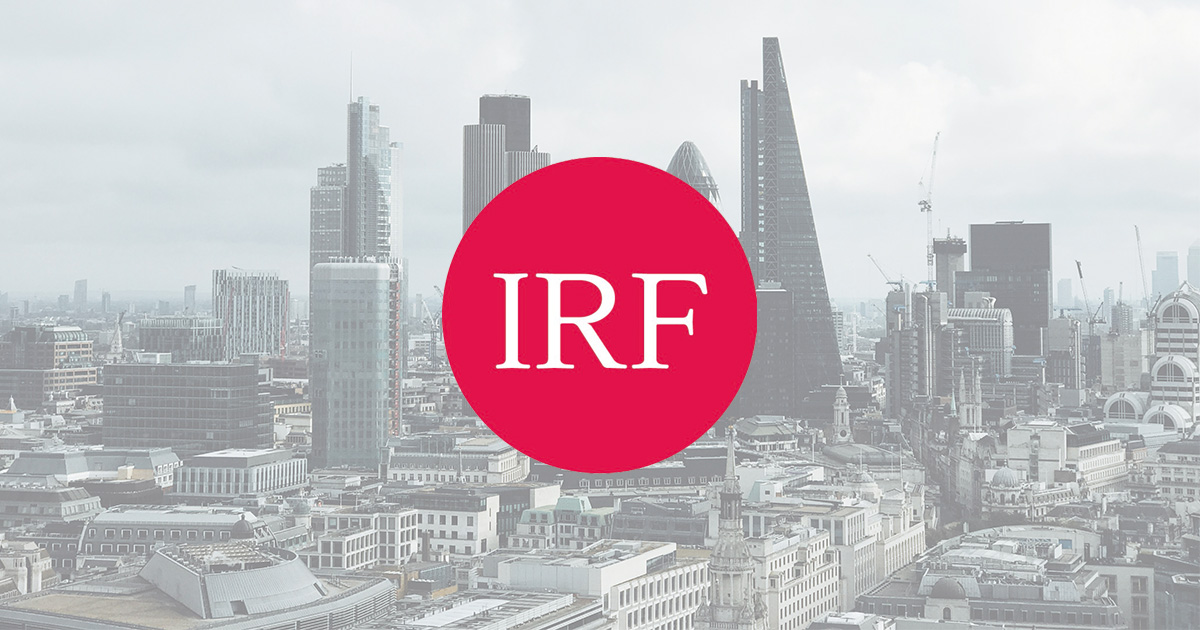Exploring the Contemporary US Beverage Market
Beverage Marketing Corporation
Tue 12 Oct 2021 - 15:00
Summary
In this call, Gary Hemphill and Brian Sudano gave an overview of the US Beverage market, including a discussion of contemporary trends and projections into 2022. Reflecting upon the last year, Gary explained that the US beverage industry performed relatively well in comparison to other consumer product categories. In his view, 2021 has been a ‘rebound year’ following the disruptions of 2020, despite modest growth in the industry through 2020. He suggested that during the pandemic, consumers mostly changed how they bought products, rather than the types of products they bought. In this period, off-premises sales (e.g., in grocery stores) grew astronomically, whilst on-premises sales (e.g., in restaurants) declined. He indicated that off-premises sales will continue to grow, but at a reduced rate compared to 2020. In overview, Gary argued that, to a great extent – apart from bottled water - niche beverage categories are outperforming the traditional mass market categories.
In relation to non-alcoholic beverages, Gary suggested that the carbonated soft drinks market has been growing this year, despite sixteen consecutive years of decline. Additionally, the fruit beverages market has experienced modest growth, and Gary expects the trend of diet soft drinks outperforming the market (as they did in 2019 and 2020) to continue. He pins this prediction to the industry learning how to successfully satisfy consumers with the taste and quality of sweeteners. Next, Gary remarked that the traditional beverage category (e.g., milk, tea, and coffee) has simultaneously been helped and hurt by the pandemic. For example, with the closure of schools, milk consumption declined, and since more people have stayed at home during the pandemic, more products were bought for consumption in the home rather than, for example, in coffeehouses. Due to such changes, Gary also highlighted that the beverage industry has increasingly embraced e-commerce in recent times, with healthy growth in this area predicted for the next year.
Moreover, Gary suggested that changes in the market are indicative of a wider trend among the population that prioritises health and wellbeing. He argues that the pandemic has influenced consumers to be more health conscious, suggesting that environmental concerns have, consequently, taken a backseat. Despite this, he indicated that all sorts of plant-based type beverages including CBD and probiotic beverages, are emerging, and growing rapidly. Similarly, Gary highlighted a trend of premiumisation whereby consumers trade up to more expensive products, such as energy drinks, for their functional benefit. This trend has occurred before in the alcoholic market with, for example, craft beers and spirits. He suggests that this trend has facilitated the growth in the niche beverage categories as mentioned earlier.
Further in the non-alcoholic group, Gary explained that the bottled water segment is on track to become the largest US beverage category ever. He noted that over the last decade, this category has grown by a volume of 6.3 billion gallons, whilst the total refreshment beverage industry has only increased by around 5 billion gallons. In the bottled water category, sparkling water remains one of the fastest growing segments, with various companies rebranding to gain more traction. Thus, he suggested that the bottled water category provides a great platform for innovation (e.g., through the addition of functional ingredients), especially for small companies who need to avoid competition with giants in the industry.
Following on from Gary, Brian discussed the alcoholic beverage market, remarking that spirits are leading the growth in this market, ahead of beer and wine. He noted that the last time that beer outperformed spirits was in 1996. In 2021, spirit sales grew by around 7% while beer sales declined – the second year of decline in the last three years. Meanwhile, hard seltzers are predicted to grow this year by 19%, traditional malt beverages: 6%, and specialty wine: 25%, while traditional table wine sales are expected to flatline. Similarly, Brian remarked that Tequila sales have been growing, in part due to growth in Mexican immigration.
Topics
Key Trends In Non-Alcoholic and Alcoholic Beverages In The U.S.
Impact of the Pandemic on the Industry
Performance Overview of Select Beverage Categories
Insights Of Select Beverage Categories
Projections Through Remainder of Year
